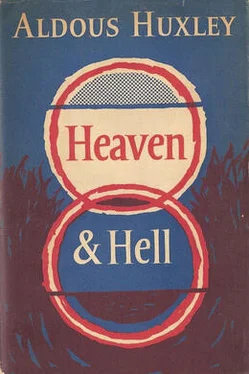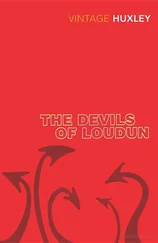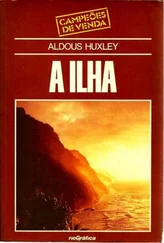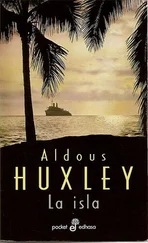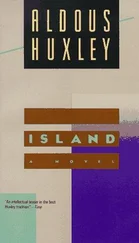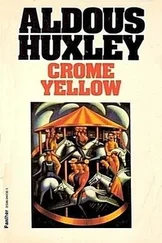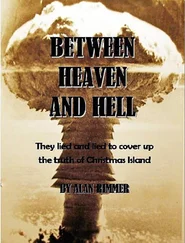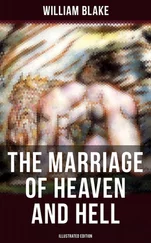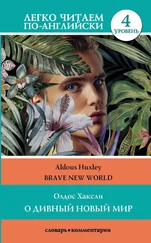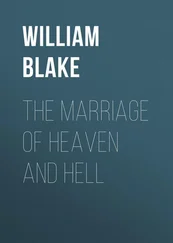In spite of a Natural History that was nothing but a set of drearily moralistic symbols, in the teeth of a theology which, instead of regarding words as the signs of things, treated things and events as the signs of biblical or Aristotelian words, our ancestors remained relatively sane. And they achieved this feat by periodically escaping from the stifling prison of their bumptiously rationalistic philosophy, their anthropomorphic, authoritarian and non–experimental science, their all too articulate religion, into non–verbal, other than human worlds inhabited by their instincts, by the visionary fauna of their mind's antipodes and, beyond and yet within all the rest, by the indwelling Spirit.
* * * * *
From this wide–ranging but necessary digression, let us return to the particular case from which we set out. Landscapes, as we have seen, are a regular feature of the visionary experience. Descriptions of visionary landscapes occur in the ancient literature of folklore and religion; but paintings of landscapes do not make their appearance until comparatively recent times. To what has been said, by way of explanation about psychological equivalents, I will add a few brief notes on the nature of landscape paintings as a vision–inducing art.
Let us begin by asking a question. What landscapes—or, more generally, what representations of natural objects—are most transporting, most intrinsically vision–inducing? In the light of my own experiences and of what I have heard other people say about their reactions to works of art, I will risk an answer. Other things being equal (for nothing can make up for lack of talent), the most transporting landscapes are, first, those which represent natural objects a very long way off, and, second, those which represent them at close range.
Distance lends enchantment to the view; but so does propinquity. A Sung painting of far away mountains, clouds and torrents is transporting; but so are the close–ups of tropical leaves in the Douanier Rousseau's jungles. When I look at the Sung landscape, I am reminded (or one of my not–I's is reminded) of the crags, the boundless expanses of plain, the luminous skies and seas of the mind's antipodes. And those disappearances into mist and cloud, those sudden emergences of some strange, intensely definite form, a weathered rock, for example, an ancient pine tree twisted by years of struggle with the wind—these too, are transporting. For they remind me, consciously or unconsciously, of the Other World's essential alienness and unaccountability.
It is the same with the close–up. I look at those leaves with their architecture of veins, their stripes and mottlings, I peer into the depths of interlacing greenery, and something in me is reminded of those living patterns, so characteristic of the visionary world, of those endless births and proliferations of geometrical forms that turn into objects, of things that are for ever being transmuted into other things.
This painted close–up of a jungle is what, on one of its aspects, the Other World is like, and so it transports me, it makes me see with eyes that transfigure a work of art into something else, something beyond art.
I remember—very vividly, though it took place many years ago—a conversation with Roger Fry. We were talking about Monet's 'Water Lilies.' They had no right, Roger kept insisting, to be so shockingly unorganized, so totally without a proper compositional skeleton. They were all wrong, artistically speaking. And yet, he had to admit, and yet…. And yet, as I should now say, they were transporting. An artist of astounding virtuosity had chosen to paint a close–up of natural objects seen in their own context and without reference to merely human notions of what's what, or what ought to be what. Man, we like to say, is the measure of all things. For Monet, on this occasion, water lilies were the measure of water lilies; and so he painted them.
The same non–human point of view must be adopted by any artist who tries to render the distant scene. How tiny, in the Chinese painting, are the travellers who make their way along the valley! How frail the bamboo hut on the slope above them! And all the rest of the vast landscape is emptiness and silence. This revelation of the wilderness, living its own life according to the laws of its own being, transports the mind towards its antipodes; for primeval Nature bears a strange resemblance to that inner world where no account is taken of our personal wishes or even of the enduring concerns of man in general.
* * * * *
Only the middle distance and what may be called the remoter foreground are strictly human. When we look very near or very far, man either vanishes altogether or loses his primacy. The astronomer looks even further afield than the Sung painter and sees even less of human life. At the other end of the scale the physicist, the chemist, the physiologist pursue the close–up—the cellular close–up, the molecular, the atomic and sub–atomic. Of that which, at twenty feet, even at arm's length, looked and sounded like a human being no trace remains.
Something analogous happens to the myopic artist and the happy lover. In the nuptial embrace personality is melted down; the individual (it is the recurrent theme of Lawrence's poems and novels) ceases to be himself and becomes a part of the vast impersonal universe.
And so it is with the artist who chooses to use his eyes at the near point. In his work humanity loses its importance, even disappears completely. Instead of men and women playing their fantastic tricks before high heaven, we are asked to consider the lilies, to meditate on the unearthly beauty of 'mere things,' when isolated from their utilitarian context and rendered as they are, in and for themselves. Alternatively (or, at an earlier stage of artistic development, exclusively), the non–human world of the near–point is rendered in patterns. These patterns are abstracted for the most part from leaves and flowers—the rose, the lotus, the acanthus, palm, papyrus—and are elaborated, with recurrences and variations, into something transportingly reminiscent of the living geometries of the Other World.
Freer and more realistic treatments of Nature at the near–point make their appearance at a relatively recent date—but far earlier than those treatments of the distant scene, to which alone (and mistakenly) we give the name of landscape painting. Rome, for example, had its close–up landscapes. The fresco of a garden, which once adorned a room in Livia's villa, is a magnificent example of this form of art.
For theological reasons, Islam had to be content, for the most part, with 'arabesques'—luxuriant and (as in visions) continually varying patterns, based upon natural objects seen at the near–point. But even in Islam the genuine close–up landscape was not unknown. Nothing can exceed in beauty and in vision–inducing power the mosaics of gardens and buildings in the great Omayyad mosque at Damascus.
In mediaeval Europe, despite the prevailing mania for turning every datum into a concept, every immediate experience into a mere symbol of something in a book, realistic close–ups of foliage and flowers were fairly common. We find them carved on the capitals of Gothic pillars, as in the Chapter House of Southwell Minster. We find them in paintings of the chase—paintings whose subject was that ever present fact of mediaeval life, the forest, seen as the hunter or the strayed traveller sees it, in all its bewildering intricacy of leafy detail.
The frescoes in the papal palace at Avignon are almost the sole survivors of what, even in the time of Chaucer, was a widely practised form of secular art. A century later this art of the forest close–up came to its self–conscious perfection in such magnificent and magical works as Pisanello's St Hubert and Paolo Uccello's Hunt in a Wood , now in the Ashmolean Museum at Oxford. Closely related to the wall paintings of forest close–ups were the tapestries, with which the rich men of northern Europe adorned their houses. The best of these are vision–inducing works of the highest order. In their own way they are as heavenly, as powerfully reminiscent of what goes on at the mind's antipodes, as are the great masterpieces of landscape painting at the furthest point—Sung mountains in their enormous solitude, Ming rivers interminably lovely, the blue sub–Alpine world of Titian's distances, the England of Constable; the Italies of Turner and Corot; the Provences of Cézanne and Van Gogh; the Île de France of Sisley and the Île de France of Vuillard.
Читать дальше
